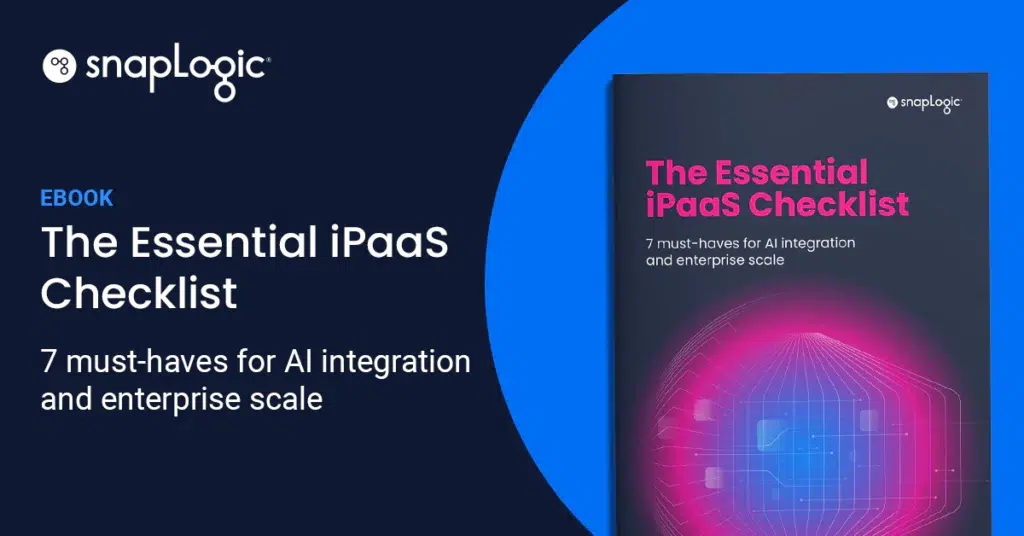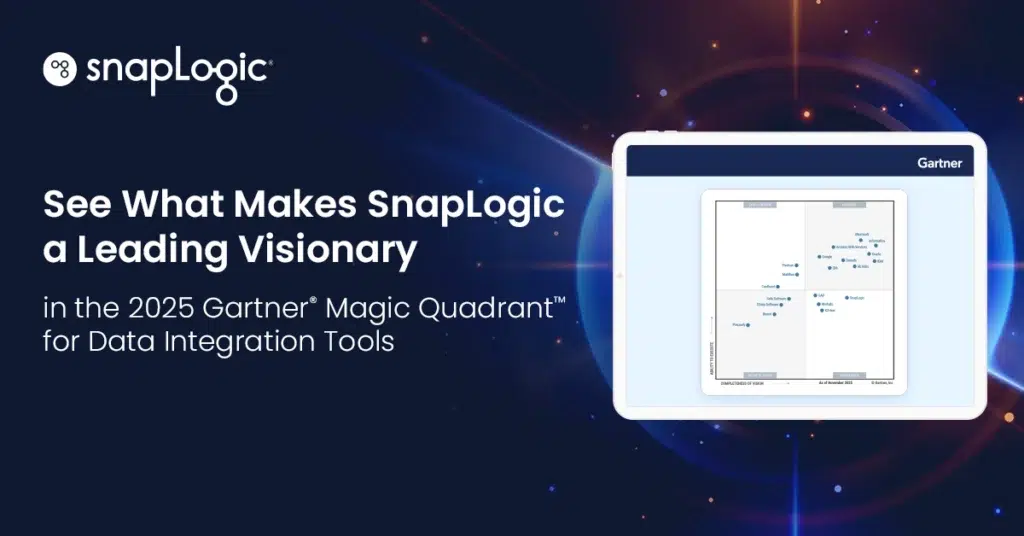What is a cloud integration strategy?
Digital transformation and the management of business data is increasingly challenging for organizations. As a result, more businesses are adopting cloud integration for their data needs and employing cloud integration strategies to determine how their applications will share data between different cloud-based systems as well as between their on-premises and cloud systems.
Cloud integration offers several benefits to businesses, including:
- Access to data in real-time from any device and from any location with internet access
- Ability to integrate personal data, such as contact lists, with a variety of business applications
- Ability to use the same login information for all applications
- Maintenance of integrity and avoidance of data conflicts which could otherwise arise due to data redundancy
- Scalability to increase or decrease the number of users, applications, or both
Businesses moving to the cloud require the expertise of cloud service providers along with support for traditional on-premises application-to-application and business-to-business systems. Cloud integration has recently gained favor among organizations that implement SaaS.
Keys to a successful cloud integration strategy:
- Data Integration Strategy should be primarily document-based, as transforming these documents to row sets or compressed payloads impedes integration.
- Connecting to web APIs provided by software-as-a-service solutions and translating data into an on-premise system can be time-consuming and complex.
- Most APIs change over time and are not created equally which can add further challenges of maintenance and integration.
The SnapLogic Enterprise Integration Cloud is an iPaaS that is built in and for the cloud. It enables efficient use of analytics tools for cloud data warehouses such as Amazon Redshift. SnapLogic uses connectors called Snaps to quickly and easily analyze high-volume batches as well as continuously streaming data, both on-premise and in cloud systems, for integration projects. By using a graphical approach to integration that is built for scale, SnapLogic provides an avenue for businesses and IT users to competently manage data-intensive integration projects in the hybrid and ever-changing environment of today.
Need a new cloud integration strategy? Learn about the use cases.








